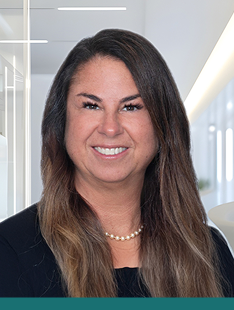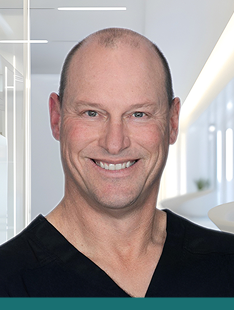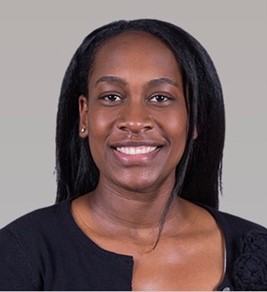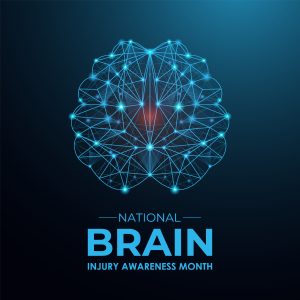
Back pain is different for everyone – some feel it in the lower back after lifting, others in the mid-back after long hours at a desk, or in the upper back and neck after a stressful day. Understanding where your pain is located is key to finding the right relief.

“Not all back pain is created equal—low back pain is often mechanical or disc-related, while mid and upper back pain may stem from posture, muscle strain, or even underlying medical conditions,” said Dr. David Doward, pain management physician at Southeast Orthopedic Specialists (SOS). “Gentle daily stretching, core strengthening and early evaluation can go a long way in preventing more serious problems. At SOS, we offer a range of options to get patients back to living without pain.”
Types of Back Pain: Low vs. Mid/High
Low Back Pain (Lumbar)
This is the most common type of back pain. It can often be tied to herniated discs, arthritis, or spinal stenosis. The lumbar spine supports your upper body and helps with daily movement like lifting or walking, making this region especially vulnerable to strain.
Mid & Upper Back Pain (Thoracic)
Often overlooked, this type is commonly due to posture, prolonged sitting, or muscular tension. It can also stem from joint stiffness, overuse, or even underlying conditions like scoliosis or osteoporosis.
Upper Back & Neck Region
Pain here may arise from cervical disc issues, tight shoulders, or stress-related muscle tension – especially common with technology use or even driving.
Yoga & Stretching: Gentle, Daily Tools for Relief
When practiced consistently, stretching and yoga are excellent first-line methods to increase mobility, relieve tension, and support spine health.
Practice safely by moving slowly and mindfully, tuning into how your body feels as you stretch. Pair each stretch with deep breathing – inhale deeply through the nose and exhale slowly through the mouth to oxygenate muscles and enhance relaxation. Above all, avoid pushing into pain. If a stretch becomes uncomfortable, ease off immediately and if it persists, reach out to a specialist for guidance.
Regenerative Medicine: Healing from the Inside Out
When stretching and strengthening aren’t enough, regenerative medicine offers a natural next step that promotes real healing without surgery or long-term medication.
“We now have tools to help the body heal itself – restoring joint and tissue function using what’s already inside you,” said Dr. Pavel Balduyeu, pain management physician at SOS. “Regenerative medicine allows us to treat the root cause of pain with fewer medications and no surgery.”
Regenerative Medicine treatments offered at SOS include:
- Platelet-Rich Plasma (PRP) Therapy
This is when a small sample of your blood is spun in a centrifuge to isolate healing platelets, which are then injected directly into the painful or injured area. These platelets stimulate tissue repair and reduce inflammation. - Bone Marrow–Derived Stem Cell Injections
This is when stem cells are drawn from your own bone marrow and injected into injured tissues like spinal joints or soft tissue structures. These cells support healing at a deeper, cellular level.
Regenerative care accelerates the body’s natural healing by repairing damaged tissues – which can improve circulation and help restore joint function. This drug‑and surgery‑free approach often lessens or eliminates the need for pain medications, offering a faster, more sustainable recovery from injuries or chronic inflammation.
“At SOS, we view fluoroscopic‑guided injections as a strategic bridge between conservative therapy and surgery for low‑back pain,” said Dr. Frank Collier, pain management physician at SOS.
Under real‑time X‑ray guidance, Dr. Collier can place medication with pinpoint accuracy, targeting herniated discs, facet joints, SI joints, spinal stenosis, or inflamed nerves. These treatments can reduce inflammation and restore mobility without systemic medications. In many cases, this minimally invasive technique can get patients moving again safely and efficiently quicker than usual traditional methods.
When to Seek Expert Help
If your back pain hasn’t improved after two weeks of stretching or yoga, or if you’re experiencing sharp, persistent pain, numbness, tingling, or weakness, it’s time to consult a spine specialist.
At Southeast Orthopedic Specialists, our team can help determine whether regenerative care, guided rehab, or another treatment is right for you. In the meantime, start with a few gentle stretches each day, listen to your body and most importantly – track how you feel.
Finding Treatment at SOS
At SOS, our team of highly trained, fellowship‑educated physicians and specialists is committed to delivering expert orthopedic and spine care across six convenient locations in Duval, St. Johns, and Clay counties.
“Back pain isn’t one-size-fits-all. Lower back pain often involves disc problems or nerve compression, which can cause pain to radiate into the legs. Mid or upper back pain, on the other hand, is more commonly related to facet joint arthritis or muscular strain from poor posture, said Dr. Isaac Gooding, pain management specialist at SOS. “Understanding the difference is the first step toward effective treatment — from targeted stretches to minimally invasive procedures that can provide lasting relief. At SOS, we’re here to help.”
If you’re experiencing back pain, our pain management experts are ready to help—whether you prefer to schedule an appointment or take advantage of our SOS Direct walk‑in clinics for same‑day evaluation. To get started, call us at 904‑634‑0640 or schedule an appointment online to find a location near you.
###
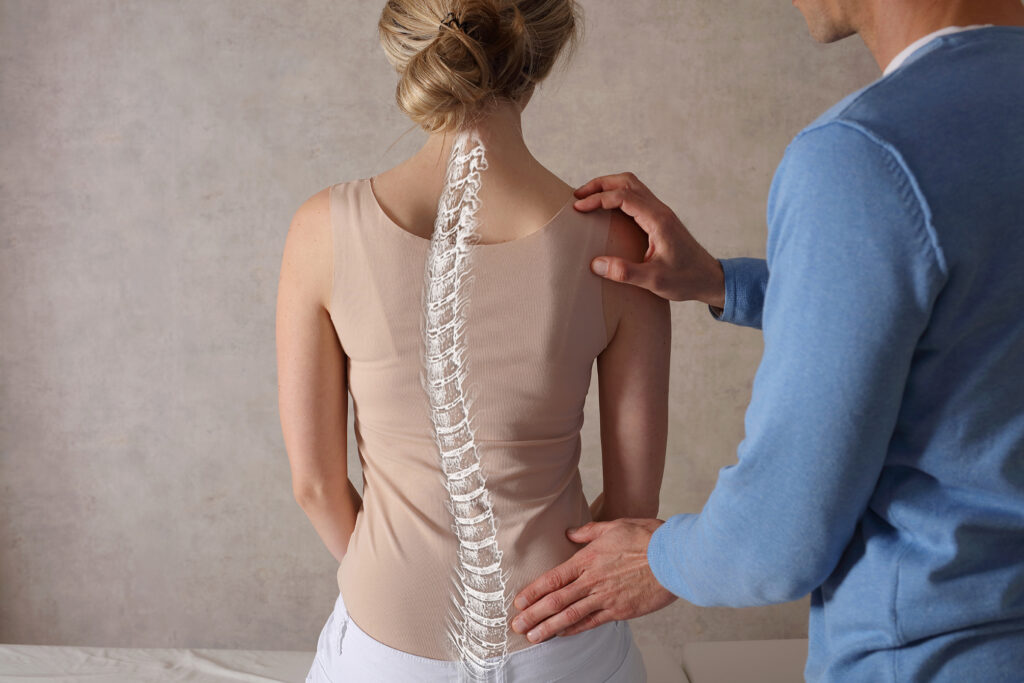
 Scoliosis is a medical condition characterized by an abnormal lateral curvature of the spine, often forming an “S” or “C” shape. While the spine typically appears straight when viewed from behind, individuals with scoliosis exhibit a sideways curve that can vary in severity. This condition is most commonly diagnosed in children and adolescents, particularly during growth spurts, but it can affect individuals at any age, including adults.
Scoliosis is a medical condition characterized by an abnormal lateral curvature of the spine, often forming an “S” or “C” shape. While the spine typically appears straight when viewed from behind, individuals with scoliosis exhibit a sideways curve that can vary in severity. This condition is most commonly diagnosed in children and adolescents, particularly during growth spurts, but it can affect individuals at any age, including adults.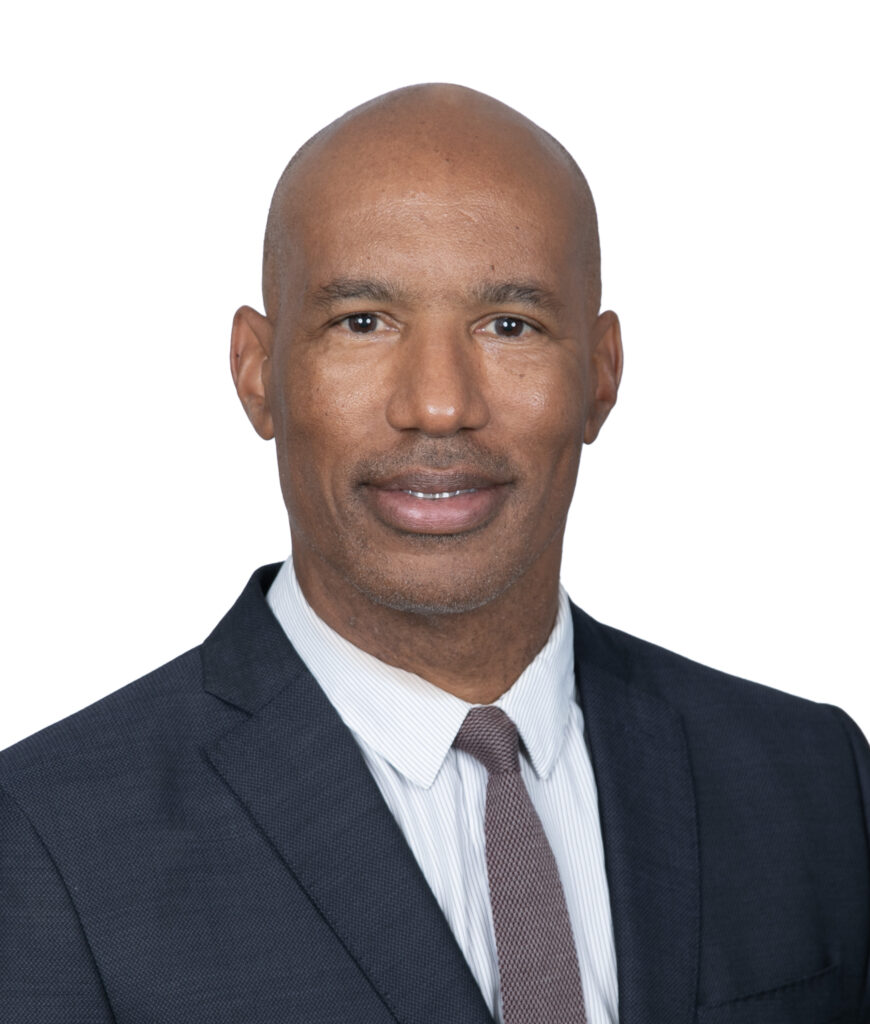
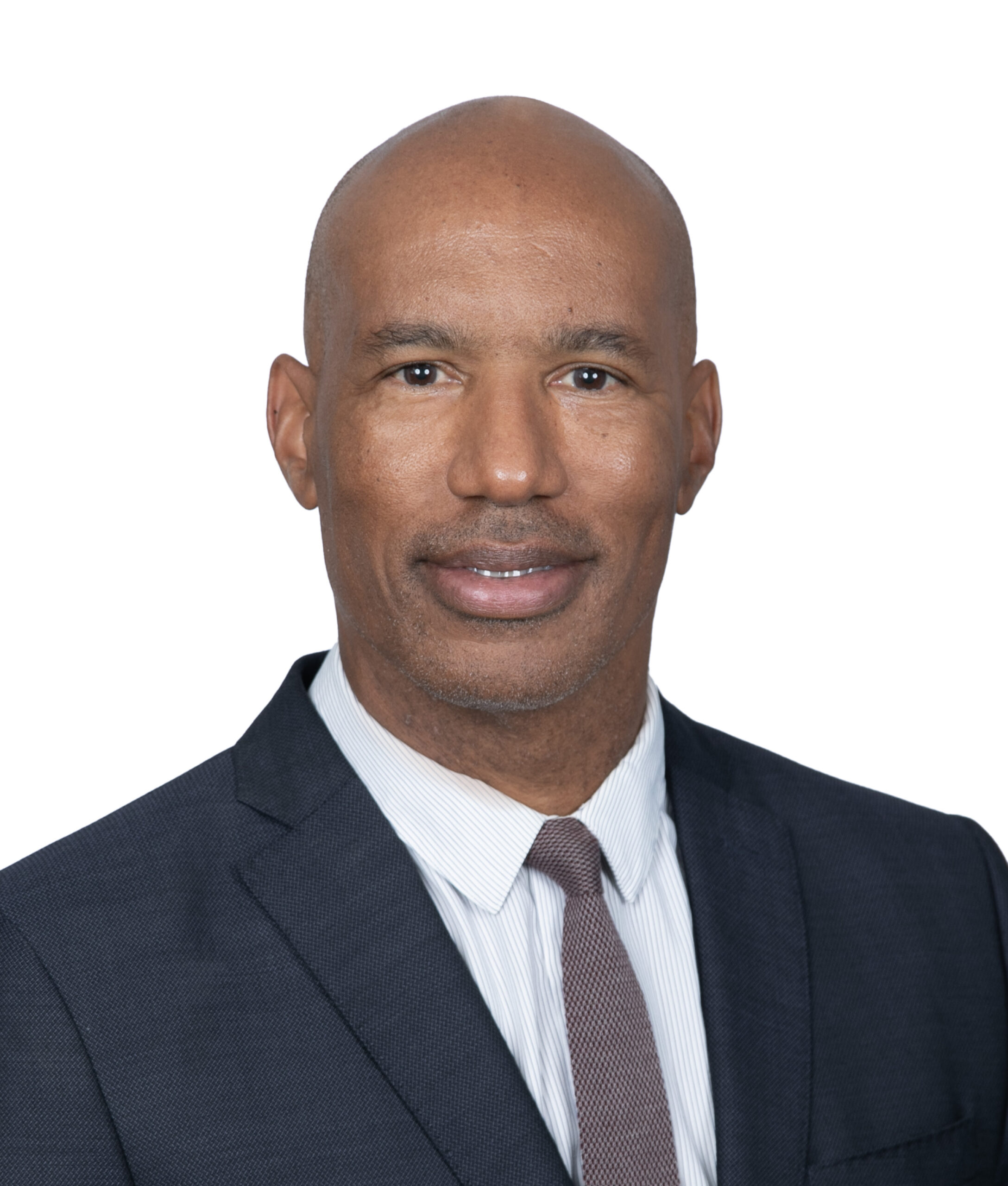 JACKSONVILLE, June 9, 2025 –
JACKSONVILLE, June 9, 2025 – 

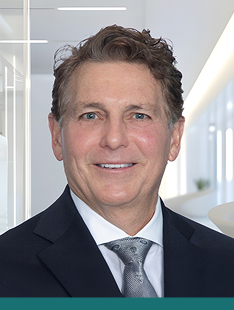
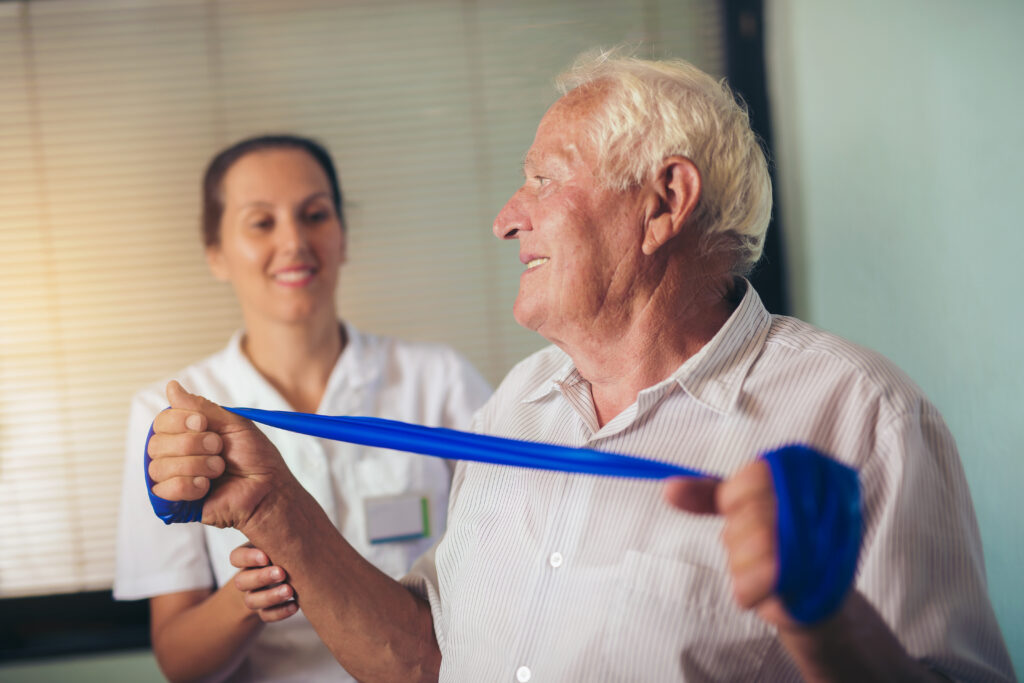
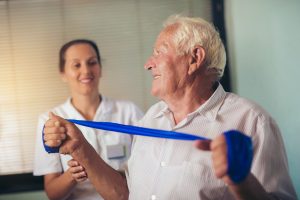 For adults and seniors, occupational therapy provides essential support through recovery and life transitions. After an injury or surgery—like a joint replacement or stroke—occupational therapists help patients restore function and regain confidence in their movements. They also assist individuals managing conditions like Alzheimer’s or dementia, offering cognitive support and guidance for adapting daily routines. In many cases, therapists recommend home modifications or ergonomic adjustments to enhance safety, comfort and mobility.
For adults and seniors, occupational therapy provides essential support through recovery and life transitions. After an injury or surgery—like a joint replacement or stroke—occupational therapists help patients restore function and regain confidence in their movements. They also assist individuals managing conditions like Alzheimer’s or dementia, offering cognitive support and guidance for adapting daily routines. In many cases, therapists recommend home modifications or ergonomic adjustments to enhance safety, comfort and mobility.

